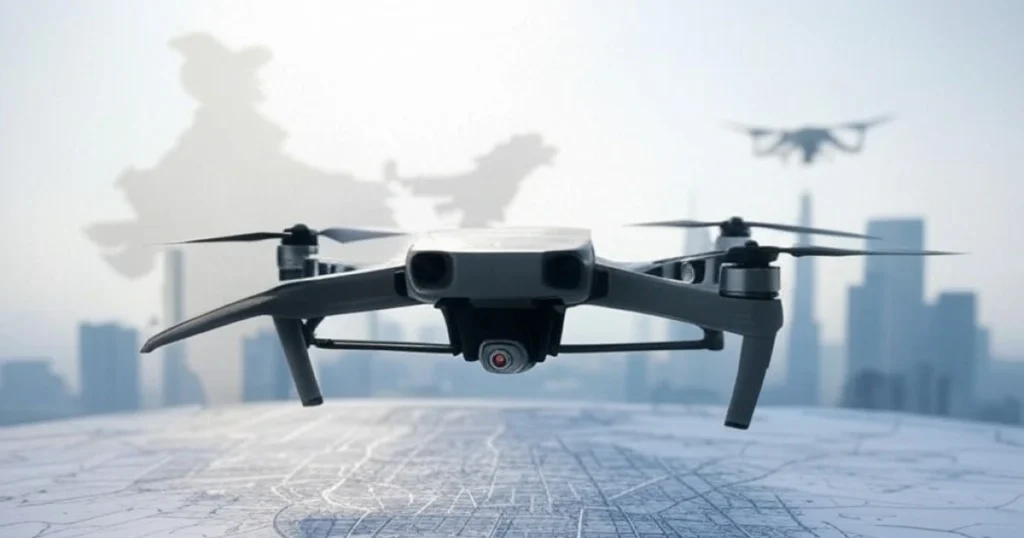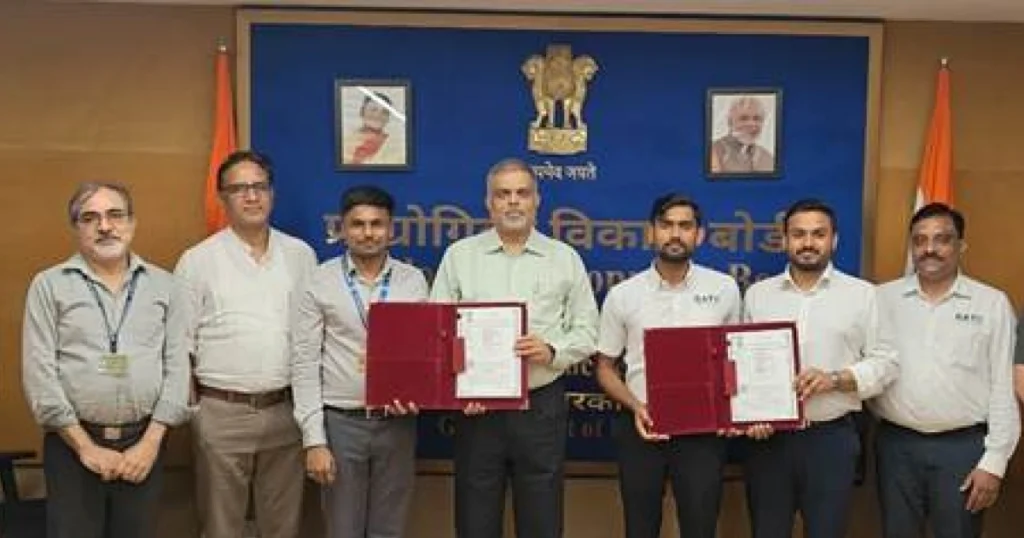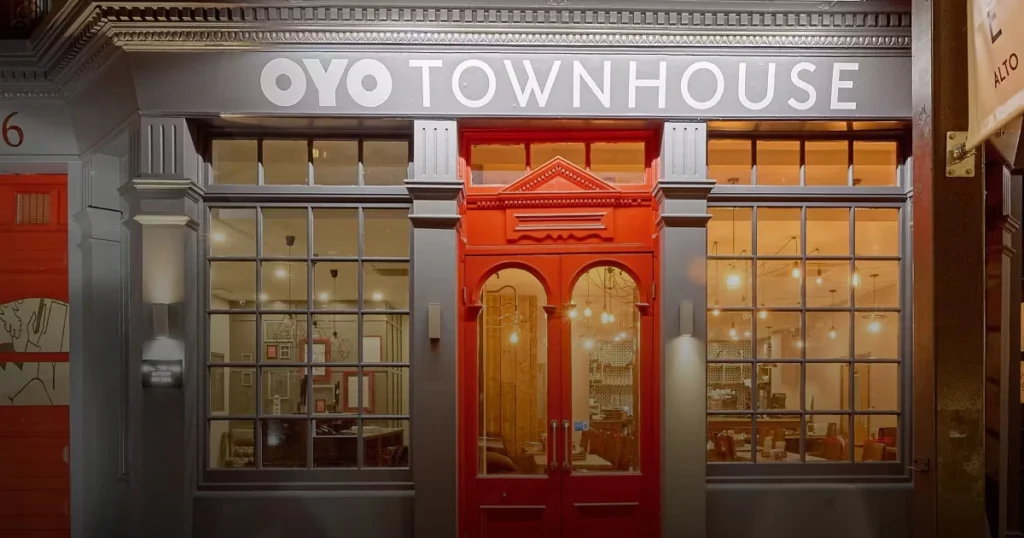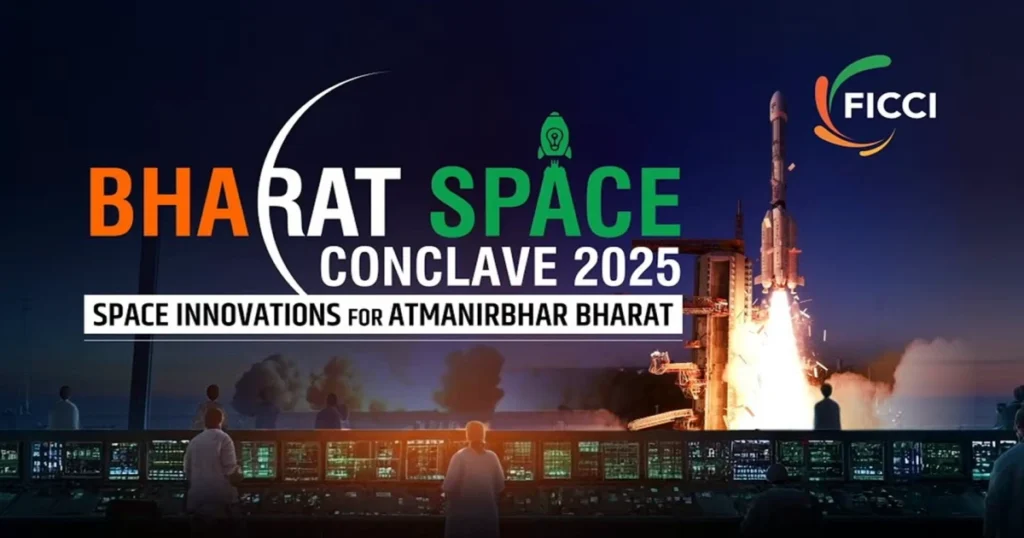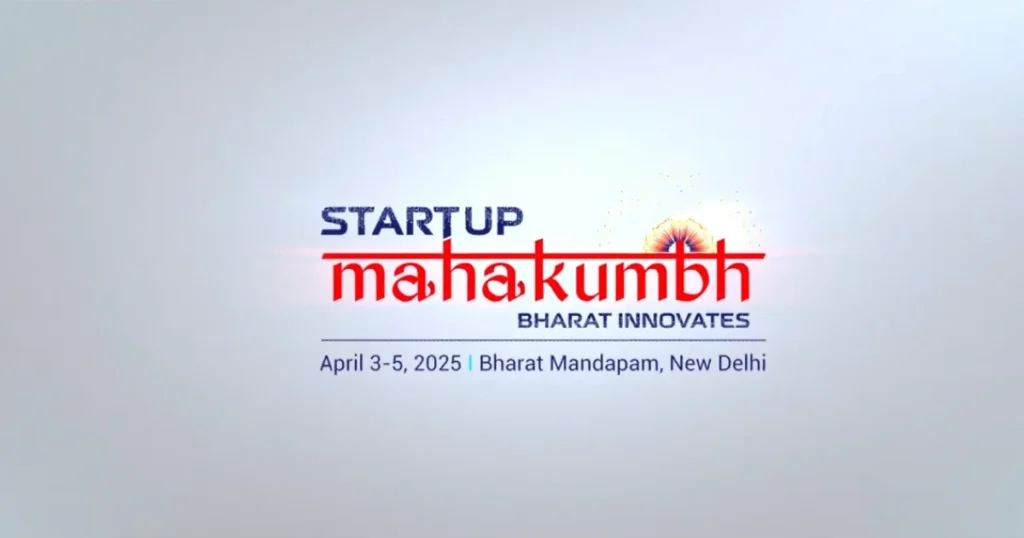Minister of State for Civil Aviation, Murlidhar Mohol, informed the Parliament that as of September 2024, a total of 10,208 type-certified commercial drones have been registered on the Directorate General of Civil Aviation’s (DGCA) Digital Sky platform.
Expanding Drone Usage in India
Responding to queries, Mohol disclosed that the DGCA has issued 96 type certificates for unmanned aircraft system (UAS) models, classified based on their usage.
Of these, 65 models cater to the agricultural sector, while 31 models are utilized for logistics and surveillance purposes.
Digital Sky is the DGCA’s online platform designed to regulate and manage unmanned aircraft operations in India.
The government has taken multiple steps to enhance its capabilities and streamline drone operations in the country.
Liberalized Airspace for Drone Operations
Highlighting the drone-friendly environment in India, Mohol mentioned that nearly 86% of the Indian airspace is designated as “green” and is open for drone operations without prior permissions for drones weighing up to 500 kg.
Under the current framework, Indian airspace is divided into three categories:
- Green Zone: Requires no permission for drone operations up to 500 kg.
- Yellow Zone: Requires clearance from the concerned air traffic control authority.
- Red Zone: Strictly designated as ‘no-drone zones.’
The minister also revealed that there are 9,969 airspace red zones and 147 airport red zones across the country.
Additionally, 294 airport yellow zones exist in proximity to major airports, with a range extending between 5 km and 12 km.
Plans for VTOL and eVTOL Aircraft
Mohol also shed light on the DGCA’s plans to develop a regulatory framework for vertical take-off and landing (VTOL) and electric VTOL (eVTOL) aircraft, commonly referred to as flying taxis.
These battery-powered aircraft, designed to transport two to six passengers, are expected to revolutionize urban mobility.
The new regulations will establish operational and certification standards for VTOL and eVTOL aircraft, ensuring their safe integration into India’s airspace.
The government’s vision for Advanced Air Mobility (AAM) includes setting up vertiports, air routes, and infrastructure essential for safe and efficient VTOL operations.
The implementation of Unmanned Aircraft Traffic Management (UTM) systems alongside existing Air Traffic Management (ATM) frameworks will help manage airspace congestion and ensure the smooth movement of autonomous drones and small aircraft.
Global Collaborations and Policy Reforms
In efforts to establish a comprehensive regulatory structure, India is engaging with global aviation authorities, including the European Union Aviation Safety Agency (EASA), the International Civil Aviation Organization (ICAO), and the United States’ Federal Aviation Administration (FAA).
The government has been proactive in fostering a conducive environment for drone advancements.
In 2021, it introduced liberalized drone regulations to boost the industry, followed by the 2022 certification scheme for UASs aimed at creating a global accreditation framework.
Additionally, amendments to existing drone rules in 2023 eliminated the passport requirement for drone registration, de-registration, and ownership transfers.


